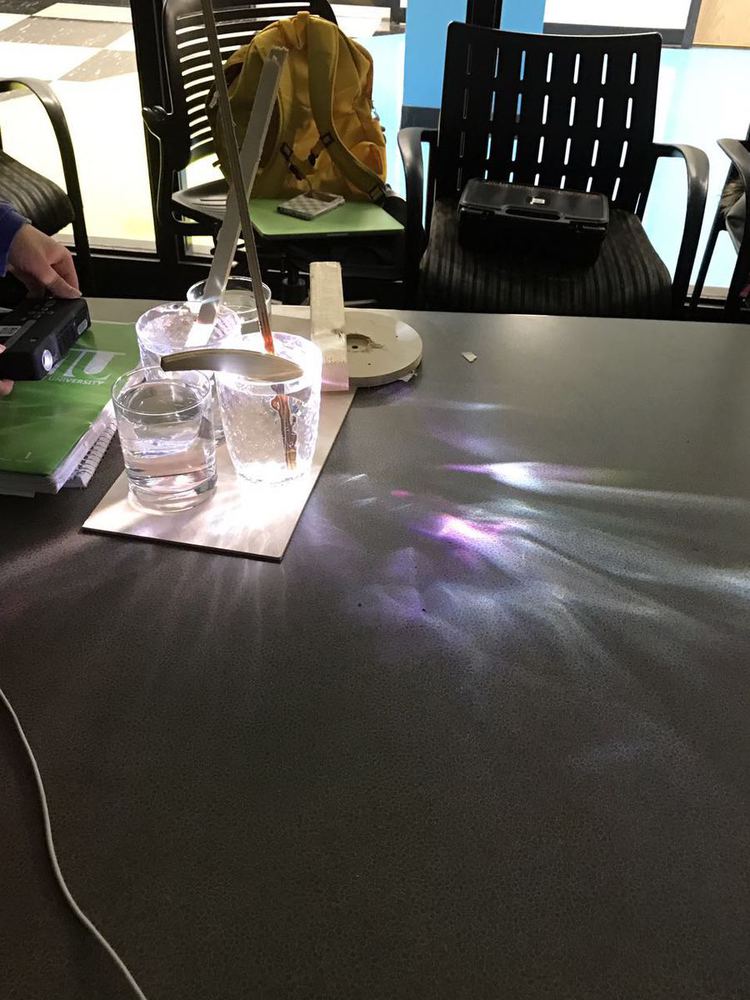Proposal
The intention is to create an installation that uses static electricity to create a bend in a water flow. Some find the sound of running water to be relaxing, which can provide a good contrast with the rampant stress culture of CMU.
As it stands right now, there's still some work to be done on the method of execution for this idea. Ideally, there would be a hydro-pump circulating the water during a demonstration, and balloons for people to generate some static electricity with via friction. This makes for an interactive element to the experience. If a pump cannot be sourced, then this would require a little more audience intervention, where either demonstrators or members of the audience must add water to a reservoir of sorts and then apply the static electricity.
As we figure out the logistics of creating the water flow and where to set up this installation, then we can get a better idea of how the finished product will be set up.



